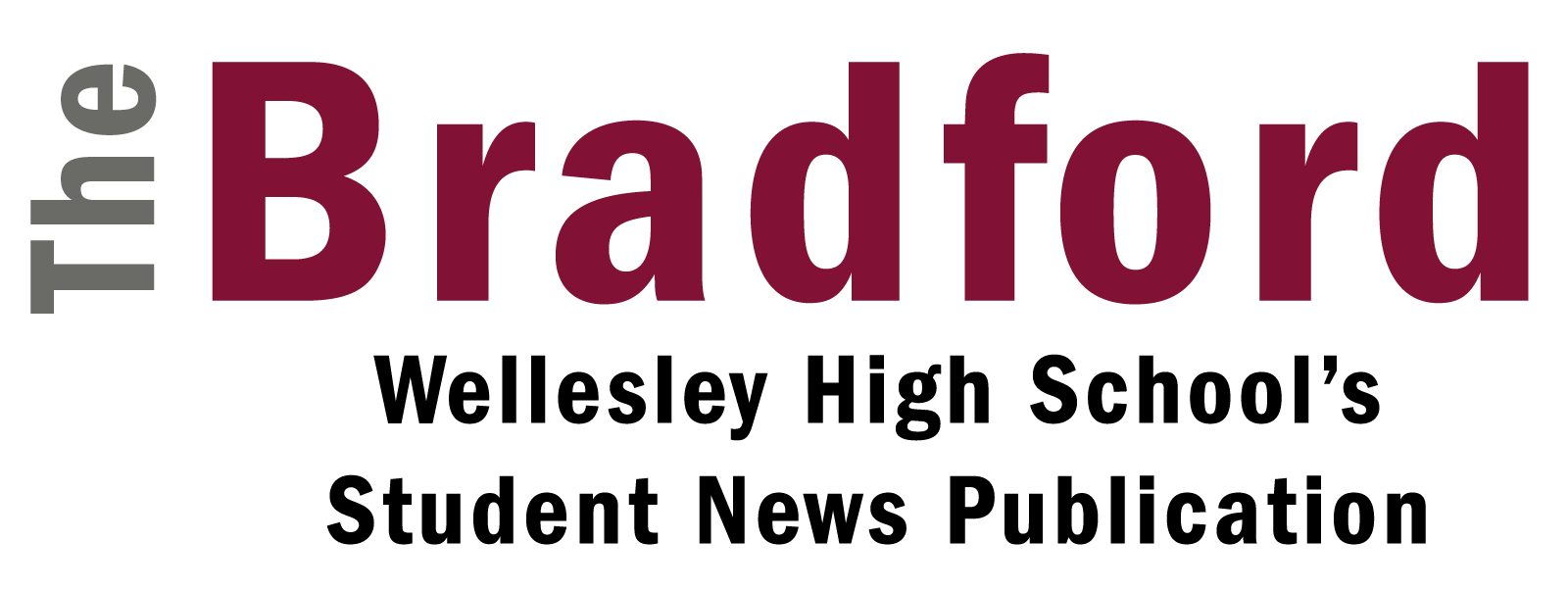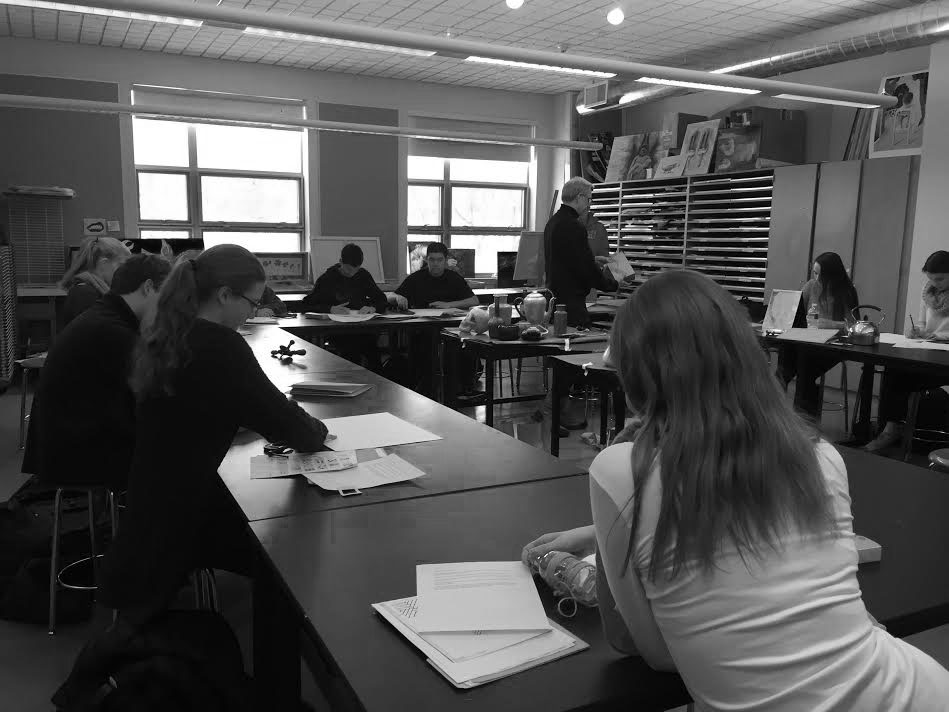Everyone has heard a teacher claim “you don’t need to be a good artist to do this project.” The class groans, knowing it’s not true. Next year, however, the Art department is opening up a number of new courses that prove students don’t have to be naturally gifted artists to create beautiful artwork.
In the 2015-2016 school year, the Visual Arts department will offer three new courses: printmaking, small scale sculpture, and studio 2D/ 3D. Additionally, the department will revitalize its drawing and painting program.
Studio 2D/3D will offer students an introduction to the different offerings of the visual arts department, combining a term of two-dimensional art studies such as photography, drawing and painting, or digital art, with a term of three-dimensional art such as metals, sculpture, or artist journal. Two classes of the 2D/ 3D program will occur at the same time, one in 2D art, the other in 3D art, and they will each last for a term so the complete class will last a semester. Then, when the term ends, students will switch classes, going to study 2D art if they had first been in 3D art and vice versa.
The classes will be connected by an overlying theme for the artwork. “[Students will] learn to make art with a different emphasis” said Thom Carter, director of the visual art department. “It’s like Evolutions [the new interdisciplinary course at the high school] in a way” Carter also said because both programs take an approach to connect seemingly different subjects under the same theme.
Carter hopes that this program will serve as an introduction to the visual arts and as an opportunity for students not involved in arts to see what is available. “In a quarter’s amount of time [students] can’t learn fully,” he said, “but we can introduce it to them.”
Similarly, printmaking, “is good for kids who don’t think they’re artistic,” as Carter said. The class will consist of drawing into different materials, which may include wood blocks, linoleum blocks, or silk screens, and then replicating the image with a different emphasis each time it is printed. Printmaking is a form of art in which the reverse of an image is carved into a hard surface and then replicated by painting and stamping.
Carter, who was a printmaking major in college, is excited for the class to return to the high school. “It’s such a great art class to learn a lot of skills,” he said. “Because you have the same image, it gives you freedom to experiment and allows for a lot of happy accidents”
The Visual Arts department decided to bring printmaking back “because it’s been missing in our curriculum,” Carter said. The high school already has a printmaking press, and the medium has come back into style. With the widespread use of digital art, printmaking has become more fashionable, Carter explained, because it is the root of all the digital techniques.
Last year, with a rapidly growing popularity in the metals programs, Shalya Vines, metals teacher, applied for a grant from Wellesley Education Foundation (WEF) for a Tungsten Inert Gas welder, more commonly known as a TIG welder, which was fulfilled. The TIG welder only heats a small concentrated area. As a result, artists are able to combine different types of metals into one piece. “It is really sculptural– not as much about wearable jewelry,” Carter said. “It will take a whole different approach because it won’t be about setting stone.” Despite the class’s differences from regular metals classes, Metals One is required as a prerequisite in order for students to understand the more commonly used technique of soldering.
Lindsay Canaday ’17, a Metals Intensive student, said she is “interested and excited to take [new art courses]. It will help people focus on different types of art they want to make because the classes now are more general,” she said.
In addition, the drawing and painting program will change from the current course of study, Learning to Draw, Drawing and Painting, then Intensive Drawing and Painting. The new program will consist of Drawing and Painting One, Two, and Intensive. “Drawing and Painting will take a different philosophy in the way it’s taught,” said Carter. Drawing and Painting One will change to become more like Learning to Draw, which is currently centered on drawing, but will also incorporate more painting techniques. “Hopefully we don’t need Learning to Draw anymore because [Brian Reddy, drawing and painting instructor,] covers all of that already.”
Overall, Carter said he hopes the department will “offer classes to make it more appealing to people without an artistic side. [The new offerings are] great entry ways into the art department in a non-threatening way.”
(Olivia Gieger ’17, Arts Editor)

